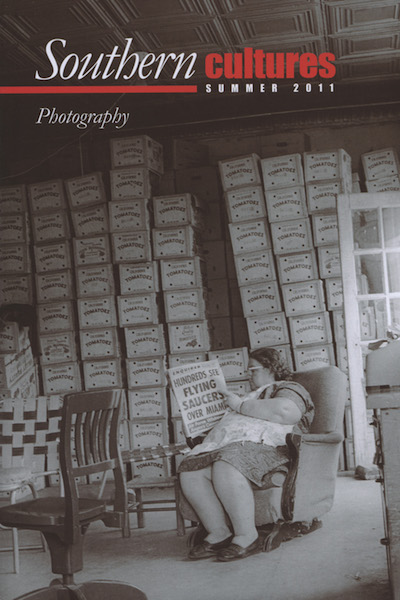“Mieth and Smith shared a belief that photography could bring social change. They viewed Pat Clark and Maude Callen as heroic healers whose stories would inspire racial understanding. Both photographers shot powerful images of the most visceral human experiences: birth, death, sexuality, and disease.”
In 1940, Life photographer Hansel Mieth traveled to Hell Hole Swamp, an impoverished and predominantly African American community in the Lowcountry of South Carolina, where she photographed doctors, nurses, midwives, and patients in a remote rural clinic. The published photo-essay, “Birth Control: South Carolina Uses It for Public Health” (1940), combined two of Mieth’s passions: medical progress and race relations. She had envisioned the story as a profile of Pat Clark, the African American nurse who was her guide and became her friend. But when she saw how the editors selected, laid out, and captioned her photographs, she was appalled: “There was the picture of Pat delivering the baby, but it showed her back and it could have been any nurse. All the pictures with feeling had been carefully culled out and only the ones kept in that showed in statistical order the job the State of South Carolina was doing. How it had found a way to control its runaway Negro population through control of disease.” As a working-class immigrant woman, Mieth often felt like an outsider at Life, but this assignment revealed the depth of her isolation and filled her with anger and guilt: “They are cutting the heart out of everything I do. I am sick of it. I am sick of the whole damned job . . . They can shove their rotten magazine . . . Those people in hell-hole swamp [sic] are real people . . . I had promised that I would stand up for them. And now this. Now I’m nothing but white shit to them.”


